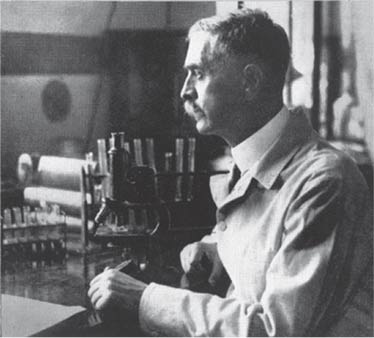History of Infusion
1492
Renaissance Period
The first transfusion through accessing a vein for blood is believed to have been attempted.
1656
Sir Christopher Wren, the famed architect of St. Paul’s Cathedral in London, performed an intravenous injection into dogs using a quill and bladder. Wren is known as the father of modern intravenous (IV) therapy.

1665
An animal near death from loss of blood was saved by physician Richard Lower with the infusion of blood from another animal.

1667
A 15-year-old Parisian boy was the first human to receive a transfusion successfully from lamb’s blood, injected by Jean Baptiste Denis, physician to Louis XIV.

1687
By an edict of church and parliament, animal-to- human transfusions were prohibited in Europe. Nearly 150 years passed before serious attempts were made again to inject blood into people.
1818
James Blundell, an English obstetrician, revived the idea of transfusion using human blood, saving the lives of many women threatened by hemorrhage during childbirth.

1832
Dr. Thomas Latta pioneers the saline solution drip to help cholera patients through intravenous injection.

Middle to Late 19th Century
Increased knowledge of bacteriology, pharmacology, and pathology led to new approaches in infusions.
1896
The H. Wulfing Luer Company of France developed the Luer connection, allowing the head of a hypodermic needle to be easily attached and detached from a glass syringe. This connection is still used today to attach various pieces in an IV line, allowing practitioners to change IV bags, add additional drip lines, and attached the IV tubing to the needle with minimal discomfort to the patient.
20th Century
IV therapy advanced rapidly for blood transfusions, parenteral fluids, and parenteral nutrition. Nurses became skilled in both administering and monitoring infusions.
1935
Slow drip, a continuous method of transfusion was published by two English physicians.
1940
A nurse was assigned as IV Therapist at Mass General Hospital, a prerequisite to perform venipuncture successfully.

Pre-1980
Patients receiving infusion therapy had to remain in the inpatient setting for the duration of their therapy.
1989
![]()
Healix was founded to provide expert management services to enable outpatient infusion therapy that delivers the overall peace of mind that patients and their providers need.
1993
Healix develops a program for infusion services in the physician office outpatient setting, allowing the physician to treat patients under their direct supervision for optimal patient care and clinical outcomes.

2024
Healix celebrates 35 years as the nation’s leader in providing physician office-based infusion services.

How can we help you?
Get in touch with us or learn more about our offerings.





